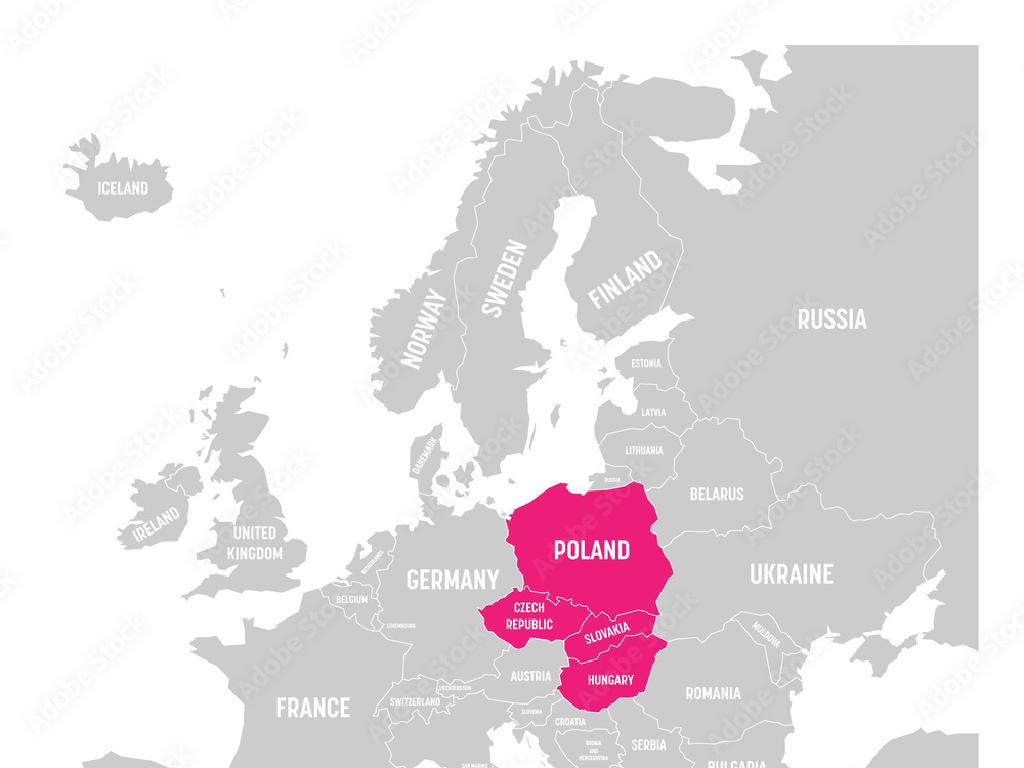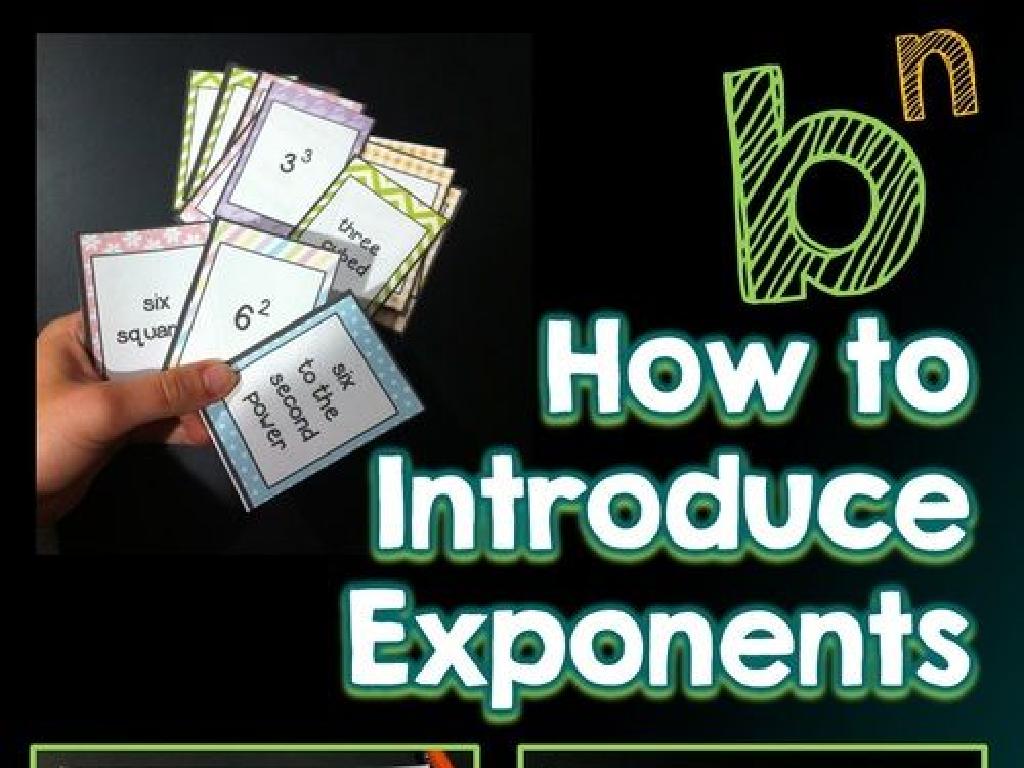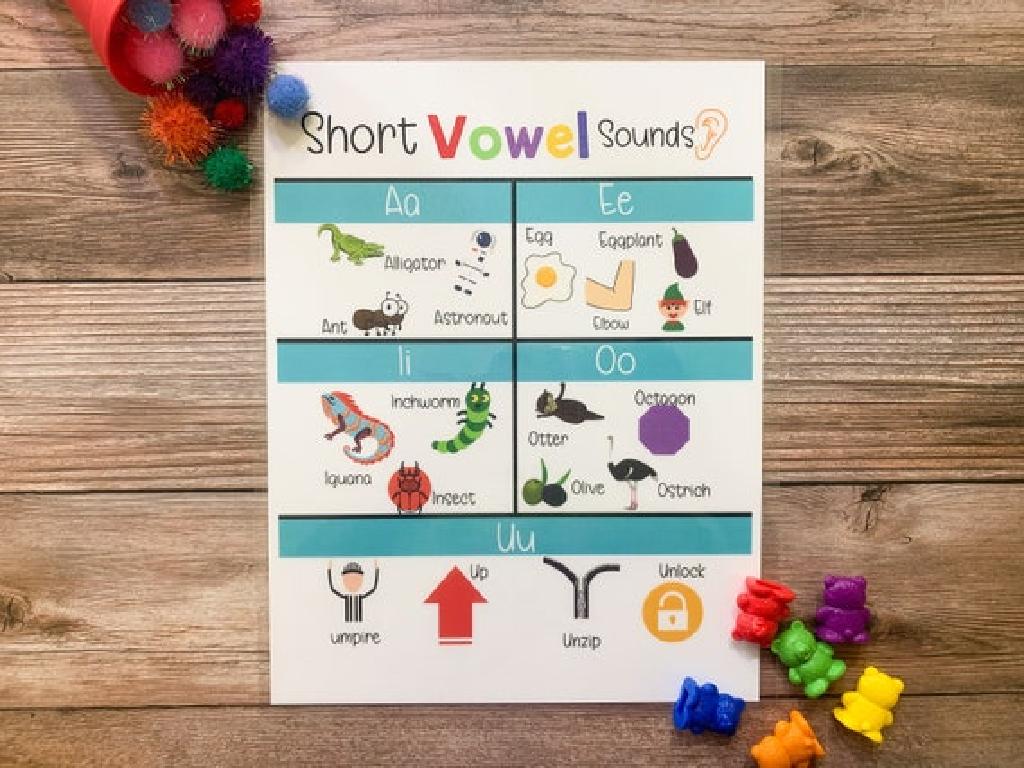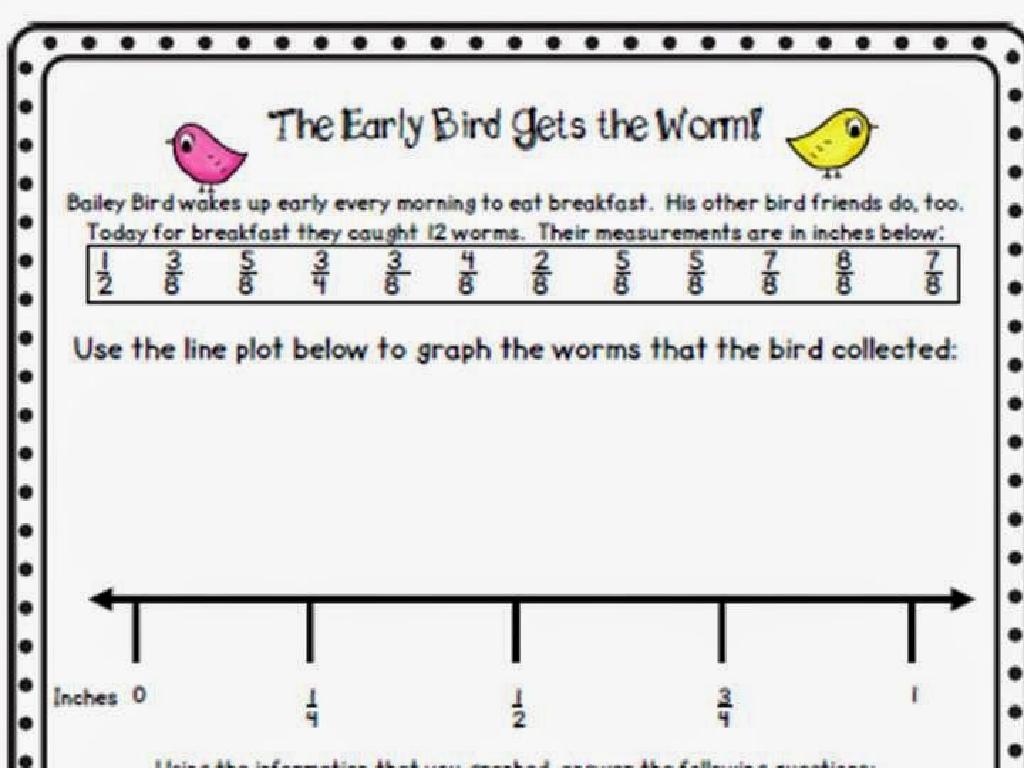Recognize The Parts Of A Works Cited Entry (Mla 8Th 9Th Editions)
Subject: Language arts
Grade: Eighth grade
Topic: Research Skills
Please LOG IN to download the presentation. Access is available to registered users only.
View More Content
Research Skills: Crafting a Works Cited Page
– Importance of research
Research is key in academic writing, providing support and credibility.
– Defining Works Cited pages
A list at the end of your paper citing sources you’ve used.
– Significance of proper citations
Proper citations avoid plagiarism and respect intellectual property.
– MLA 8th 9th editions overview
MLA format is a standard way to organize references in Language Arts.
|
This slide introduces students to the fundamental aspects of research skills, emphasizing the importance of research in academic writing for providing evidence and establishing credibility. The Works Cited page is a crucial component of a research paper, where all sources of information are acknowledged. Proper citation is not only a matter of academic integrity to prevent plagiarism but also a legal requirement to respect intellectual property rights. The MLA 8th and 9th editions provide the latest guidelines for citing sources. Ensure students understand the ethical and practical reasons behind citations and familiarize them with the MLA format, which they will use throughout their academic careers.
Understanding MLA Format in Research
– Overview of MLA Format
– MLA stands for Modern Language Association, used for writing papers and citing sources.
– Why standard citations matter
– Ensures consistent presentation of written material, making it easier to follow and assess.
– MLA 8th vs 9th edition differences
– Key updates in 9th edition include clearer guidelines and additional examples.
|
This slide introduces students to the MLA format, which is a standardized system used by scholars to format papers and cite sources. Emphasize the importance of using a consistent citation style to maintain academic integrity and facilitate readers’ comprehension. Highlight the differences between the 8th and 9th editions of MLA, focusing on the updates that have been made to improve clarity and provide more examples for users. Encourage students to familiarize themselves with these standards as they will be using them to format their own research papers and works cited pages.
Parts of a Works Cited Entry (MLA Format)
– Author’s name format
– Last name, First name. E.g., Smith, John.
– Source and container titles
– ‘Title of Source.’ Title of Container,
– Contributors and versions
– Include if relevant, e.g., translators.
– Publisher details and date
– Publisher, Publication Date.
|
This slide is designed to help students recognize and understand the components of a Works Cited entry in MLA format. Start with the author’s name, which is written with the last name first, followed by a comma and the first name. Next, discuss the title of the source (such as a book or article) and the title of the container (such as a website or anthology). If there are other contributors like editors or translators, their names should be included. Version refers to any editions or revisions, and number can be a volume or issue number. Publisher is the organization or company that published the source, and the publication date is when the source was published. Location can be a page range or a URL. Provide examples for each part and encourage students to practice citing sources.
Citing Books in MLA Format
– Cite a book with one author
– Author’s Last Name, First Name. Title of Book. Publisher, Publication Year.
– Cite a book with multiple authors
– First Author’s Last Name, First Name, et al. Title of Book. Publisher, Publication Year.
– MLA book citation example
– Rowling, J.K. Harry Potter and the Sorcerer’s Stone. Scholastic, 1997.
– Practice citing different books
|
This slide introduces students to the basics of citing books in MLA format, a critical skill for research projects. Start with the format for a single author, emphasizing the importance of the order and punctuation. Then, explain how to cite a book with multiple authors, noting the use of ‘et al.’ for more than two authors. Provide a clear example of a book citation, using a well-known book. Finally, encourage students to practice by citing books from the classroom or school library. Offer guidance on how to handle variations such as editions, volumes, and books with editors instead of authors.
Citing Articles in MLA Format
– Journal article citation
– Author(s). ‘Title of Article.’ Title of Journal, vol., no., Year, pp.
– Newspaper article citation
– Author(s). ‘Title of Article.’ Title of Newspaper, Date of Publication, pp.
– MLA citation examples
– ‘Smith, John. ‘Climate Change and Polar Bears.’ Journal of Earth, vol. 12, no. 3, 2021, pp. 45-60.’
– Practice citing articles
|
This slide aims to teach students how to properly cite articles in their research papers using MLA format. Start by explaining the structure of a journal article citation, including the order of author, article title, journal name, volume, issue, year, and page numbers. Then, differentiate by showing the structure for a newspaper article citation, which includes the date of publication. Provide clear examples for each to solidify understanding. Finally, engage students with an activity to practice citing articles from both journals and newspapers to reinforce their learning. Encourage students to pay attention to punctuation and formatting, as these are crucial in MLA citations.
Citing Online Sources in MLA Format
– How to cite a website
– Include author, title, website, publisher, date, and URL
– Citing an online article
– Author(s), article title, website or database, date, URL or DOI
– MLA format citation examples
– ‘Smith, John. Understanding the Web. Internet Studies, vol. 4, no. 2, 2021, www.internetstudies.org.’
– Practice citing with guidance
|
This slide aims to teach students the structure of citing online sources using MLA format. Emphasize the importance of including all necessary details such as the author’s name, the title of the webpage or article, the name of the website or database, the publisher (if available), the publication date, and the URL or DOI. Provide clear examples for both a website and an online article, and explain each part of the citation. Encourage students to practice by citing sources they commonly use for research. This will help them understand the practical application of citation rules and prepare them for writing research papers.
Crafting MLA Works Cited Entries
– Collaborative citation creation
– We’ll construct a citation step by step as a class.
– Cite various source types
– Learn to cite books, websites, journals, and more.
– Review sample citations
– Examine provided examples to spot inaccuracies.
– Correct citation errors
– Apply MLA rules to fix errors in sample citations.
|
This slide is designed for an interactive class activity focused on creating accurate MLA Works Cited entries. Begin by guiding students through the process of creating a citation together, ensuring they understand each component. Then, practice citing different types of sources, such as books, websites, and journals, to familiarize students with the nuances of each format. Next, review sample citations together, identifying and discussing any errors found. Finally, have students apply their knowledge by correcting these errors, reinforcing their understanding of MLA citation rules. Provide clear examples and encourage students to ask questions throughout the activity.
Class Activity: Crafting a Works Cited Page
– Select a research topic
– Find three diverse sources
– Format each source as a Works Cited entry
– Follow MLA guidelines for each source type
– Present your entries to peers
|
This activity is designed to give students hands-on experience with MLA citation format. Students should choose a topic they are interested in and find three sources, such as a book, a journal article, and a website. They will then create a Works Cited entry for each source according to the MLA 8th or 9th edition guidelines. Emphasize the importance of attention to detail and adherence to the MLA format. Possible activities: 1) Peer review of citations, 2) Citation scavenger hunt to find errors, 3) Group discussion on the importance of proper citation, 4) Create a ‘citation wall’ where students post their entries and receive feedback, 5) Use citation generators to compare with manually created citations.
Conclusion & Homework: Citing Sources
– Recap today’s lesson on citations
– Understand ethical research importance
– Giving credit prevents plagiarism and respects authors’ work
– Homework: Create Works Cited entries
– Find one book, one article, and one website for practice
– Practice MLA citation format
– Use MLA 8th 9th editions guidelines for each source type
|
In wrapping up today’s lesson, reiterate the key components of a Works Cited entry in MLA format. Emphasize the ethical implications of proper citation to prevent plagiarism and acknowledge the original creators of the content. For homework, students are tasked with finding a book, an article, and a website and creating a Works Cited page for each source. This will help them apply what they’ve learned in a practical context. Provide a brief overview of the MLA guidelines for each source type and remind students to pay attention to details such as author names, titles, publication dates, and URLs where applicable. Encourage them to use library resources or approved online databases to find their sources.






